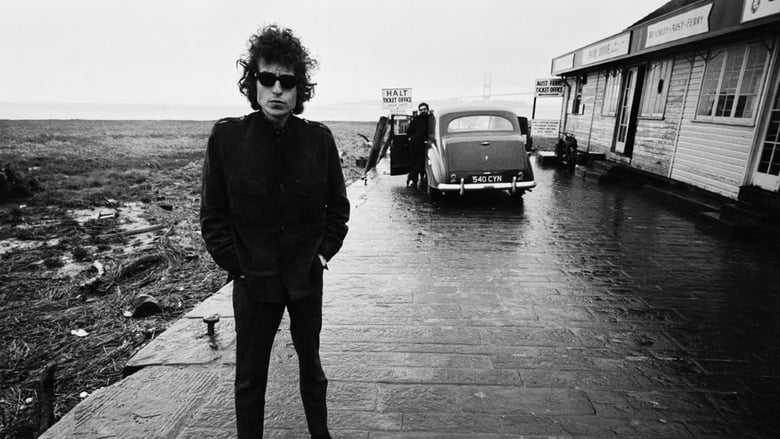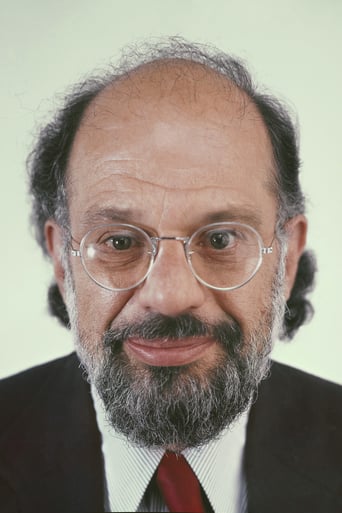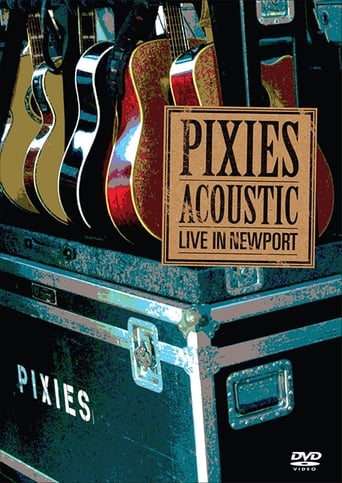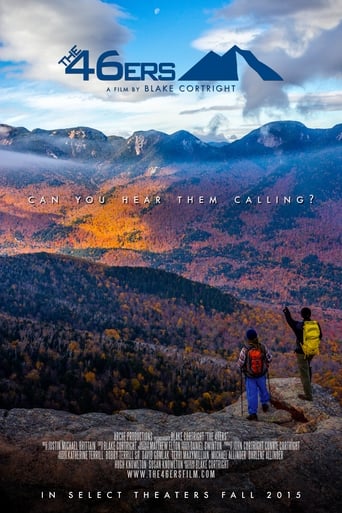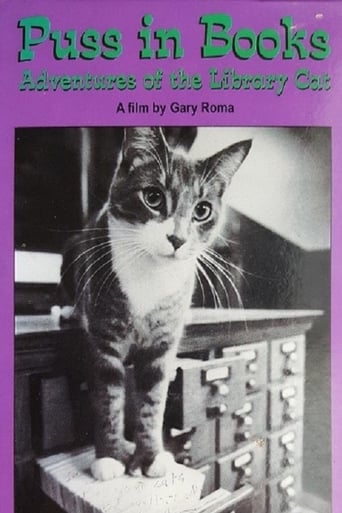No Direction Home: Bob Dylan (2005)
A chronicle of Bob Dylan's strange evolution between 1961 and 1966 from folk singer to protest singer to "voice of a generation" to rock star.
Watch Trailer
Free Trial Channels
Cast
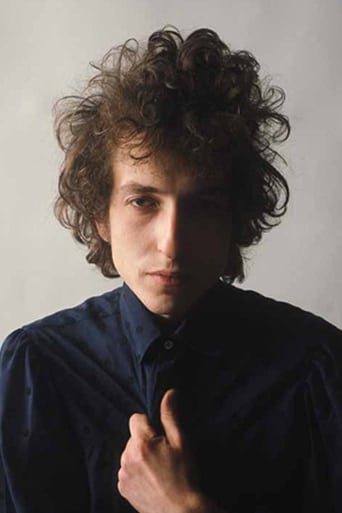
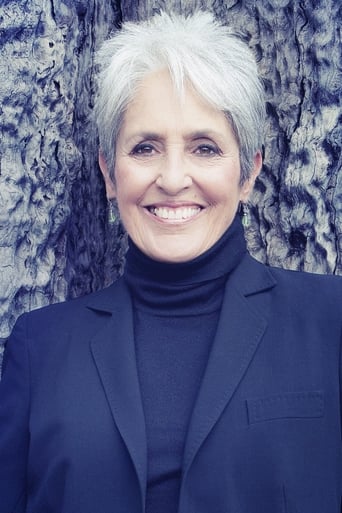


Similar titles
Reviews
Yawn. Poorly Filmed Snooze Fest.
Instead, you get a movie that's enjoyable enough, but leaves you feeling like it could have been much, much more.
Tells a fascinating and unsettling true story, and does so well, without pretending to have all the answers.
A terrific literary drama and character piece that shows how the process of creating art can be seen differently by those doing it and those looking at it from the outside.
It's a Saturday night and I just finished watching Part 1 of this and OMG, it is AMAZING. Above all the best part is hearing Dylan explain -himself- rather than someone else explaining -him-. On top of that, he is straightforward, not seeming to play mind games or be elusive. There are plenty of other great people brought in too, everyone from Allen Ginsberg to Joan Baez to Pete Seeger to Liam Clancy to Mitch Miller. And on top of THAT, there are musical performances brought in throughout, not just Dylan but people - country, folk, blues, rock - from the 50s and 60s who influenced him and the times. Overall the movie does a great job of taking you back to a particular time in history, so it's not just abut one person but the times. In this way it's quite a lot like The Nomi Song, one of my all-time favorite movies and another great, great music documentary - about the late 70s / early 80s in the underground NYC punk/experimental scene. Anyway, just great and I'll be speeding the Netflix envelope back on Monday morning so I can see Part 2 as soon as possible.
People ask, but why did they boo when Bob Dylan started playing electric guitar? Surely it wasn't THAT big a deal??I was alive then. Believe me, it was. People got VERY upset about it. I think it was something to do with investing so heavily, in an emotional way, with his folk persona. He symbolised every teenager's dream of righteous rebellion. Audiences were far less fragmented in those days. People staked a lot on believing in him (or rather, believing what they wanted his lyrics to mean). You could cut the air with a knife when you asked someone, "if they liked his electric stuff".Bob Dylan reached the height of his fame after three or four albums of (largely) protest songs. He accompanied himself on nothing more than an acoustic guitar and harmonica. Some were simple stories. Some were deep reflections on man's inhumanity to man. He's had no singing training and his voice was rough. But his lyrics captured the imagination of a generation. It was the time of mass protests against the Vietnam war. The Beatles. The Rolling Stones. Boys wearing their hair long was an act of defiance. Revulsion against the values of their fathers, against a world 'gone wrong'. When I took a Bob Dylan record home, my father told me, "Get that music out of this house!"The only problem from Dylan's point of view was, he wasn't into being a figurehead for the antiwar movement or anything else. He just wanted to write his poetry. And sing. It's all he did. Many organisations were already on knife-edge over his refusal to 'lead the parade'. Dylan just kept on writing. Albums went platinum. And Dylan kept on writing.One day he put some of the new poems to music with electric guitars and a backing band. In retrospect, they are easily seen as the same kinda stuff. More sophisticated maybe, but still protestin'. Yet his fans didn't see it like that. The wandering minstrel image was gone. He looked not like a humble folk artist but like a rock star. It all aroused incredible animosity, especially when the technical limitations of some of the sound sets meant people couldn't hear the lyrics properly.Dylan didn't believe in pandering to his audience, although at one point he observes that he can't get in tune if they're booing. There is a concert where they boo continuously (Why did they buy tickets? he wonders . . . But with no thought of going backwards). The only break in the crowd's response is when he plays a song they recognise cos it happens to be near the top of the charts.These were kids that really listened to his lyrics. He could fill the Albert Hall and well-behaved, thoughtful teenagers had sat in rapt attention as he intoned Masters of War or Blowin' in the Wind. They wanted his poetry. But more than that, they wanted a hero. When he 'went electric', the volume seemed to crash through the genteel folk stage like a blasphemous typhoon wind. No Direction home is no idealised portrait of Dylan. Meandering through several hours of archive footage, interviews and concerts, Scorsese presents him not as a hero but as a man. The sound quality on some of the electric sets really is abominable. The pre-fame Dylan is accused of stealing some rare records and of telling lies if it was necessary to get on. But this seemingly rambling biopic eventually drives home a point that baffled his audiences at the time: Dylan, in all his guises, just wrote poetry. If people used it for anything else that was up to them.No Direction Home is not the gripping viewing you might expect for a portrait of one of the most famous recording artists of all time. But it gets to the heart of the man in a way that even Dylan's own (much later) autobiography hardly got to. For those who have read the biography, those early years are beautifully sketched out in the film. Kerouac, Alan Ginsberg, even Woody Guthrie. Talking heads include Joan Baez giving her recollections, and the old man himself, looking back on his early rise to fame with an openness that few have witnessed before. It is a very different film from Pennebaker's Don't Look Back. A more complex portrait than the earlier film set out to achieve, No Direction Home is Bob Dylan deconstructed.One day someone will make a fictionalised movie of Bob Dylan. And Scorsese's documentary film will be a major historical resource.
Martin Scorsese is to be praised for the lavish detail he has provided of Dylan's early career, and for the impressive array of archive material that he has assembled.To see the influences on Dylan's music and his career was impressive. he managed to take the music and ideas of others and transform them into a unique style that forever changed the world of music.This is only about five years in his musical life, but it is so rich.It is also interesting to see how he was such a part of history, being up close at the Rev. Dr. Martin Luther King, Jr.'s speech and actually playing.Wat to go, cuz!
If you don't appreciate Dylan, you can appreciate him as a multi-talented musicians because that's what he is and that's what he set out to be. Bob Dylan is modern-day and back in the day marvel. He is a living legend. He can sing, play the guitar and the harmonica all at once! No one even comes close to him with his many talents. And Scorsese, with his unparalleled directing abilities, couldn't have put this chronicle of Bob Dylan any better. A five-star biography, if you will and a remembrance of the greatest folk singer out there and quite possibly thee greatest musician. Bob Dylan is a monumentous poet/musician/whatever you want to call him and it was only fitting that Scorsese took on this behemoth. Great job, five-star. Simply astonishing and beautiful!


